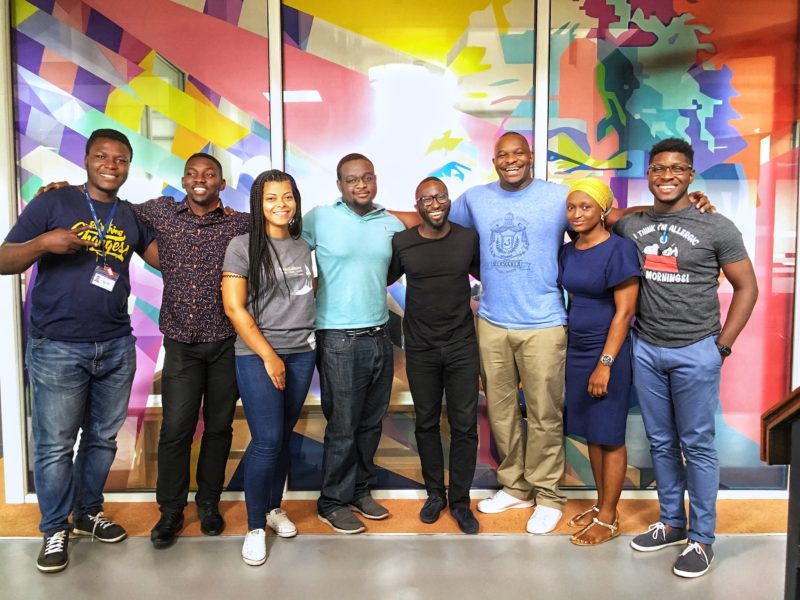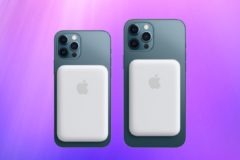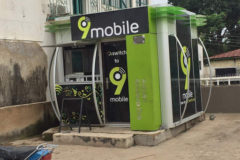Yesterday, Google announced the launch of the next iteration of the biggest operating system in the world, Android. As we all know, they crowdsourced the naming and (as Nigerians like to say, either by hook or by crook) the name “Nougat” won. It’s coming with the Vulkan API for gaming, new (better) emoji, multi-window support, direct replies in notifications and other stuff you probably don’t care about but will make the experience a much better one for you. What I’m here to talk about though, is the fact that unless you use a (relatively new) Nexus phone, you aren’t getting it for months (in some cases, up to a year).
Best case scenario for most people will be between November and January. It may be more, depending on your location (users in Africa will likely get the short end of the stick), phone model, your phone manufacturer’s UI skin, etc. Why the time difference? Nexus devices, or any devices running stock Android (or follow-come, as my people like to say) get their updates directly from Google, so whenever Google pushes it out, they receive it. For models based on forks of the Android OS? Not so simple. Before smartphone manufacturers push out an update, they have to make sure all the functionality they’ve layered onto their version of Android still works and there are no fatal issues.
All this checking and testing (and faffing around) takes a bit of time, especially because of the sheer scale most of these companies are operating at. So, it’s difficult to say exactly when any of this will happen. If the past is any indication though, users who own Samsung phones will wait the longest for the update since their UI skins are some of the heaviest around. On the other end of the scale, is LG and Motorola. Tecno and Infinix are somewhere in the middle.
Either way, Google needs to find a way to fix its fragmentation issues. And I do not know that compiling a list of noisemakers slothful companies will cut it. Fin.





















